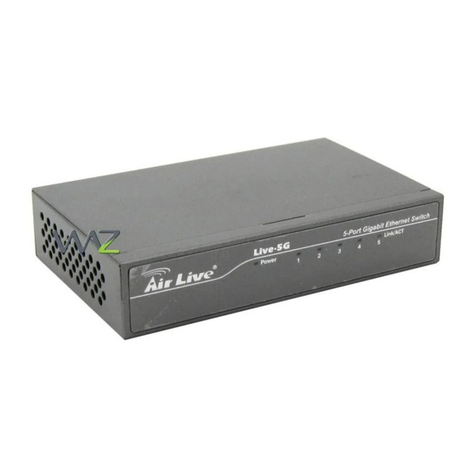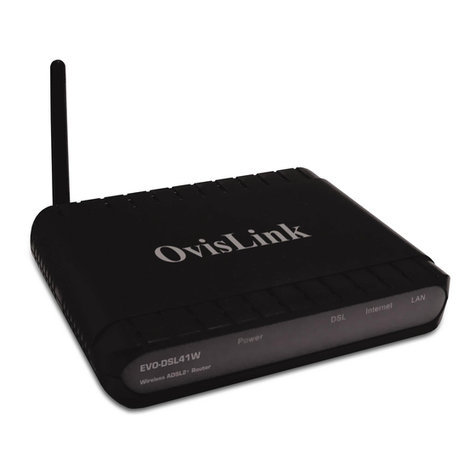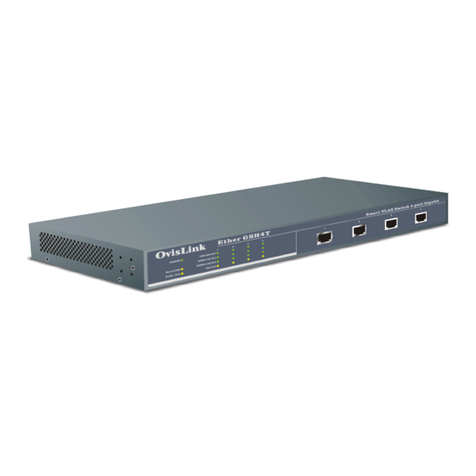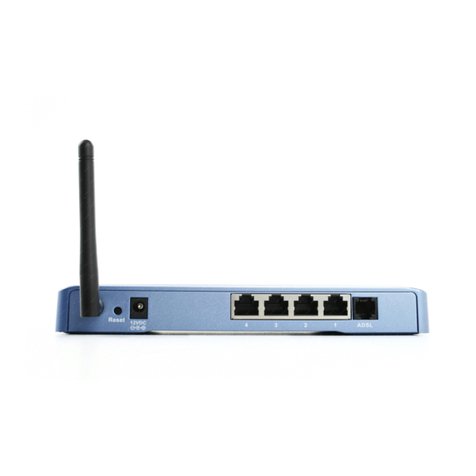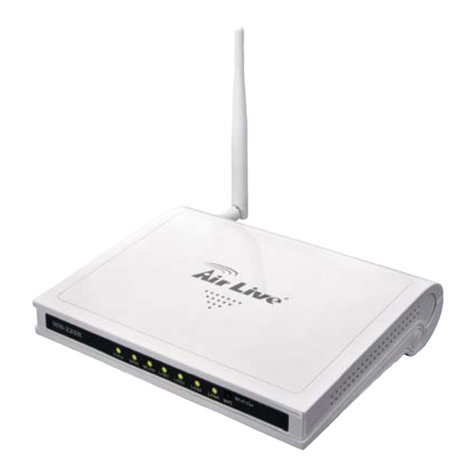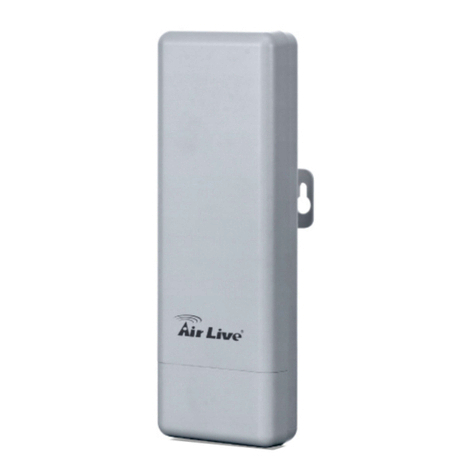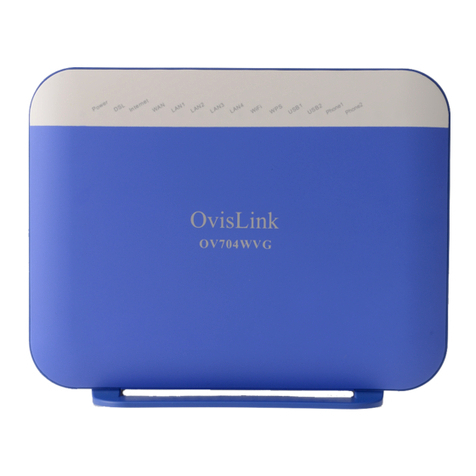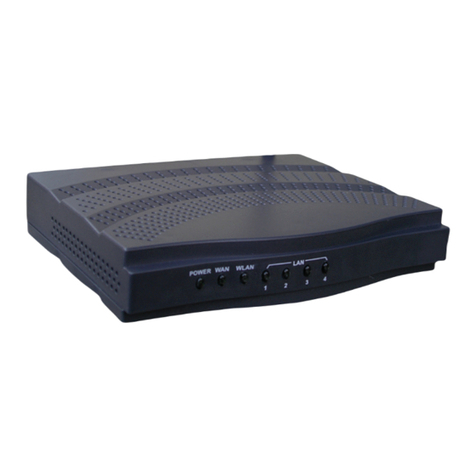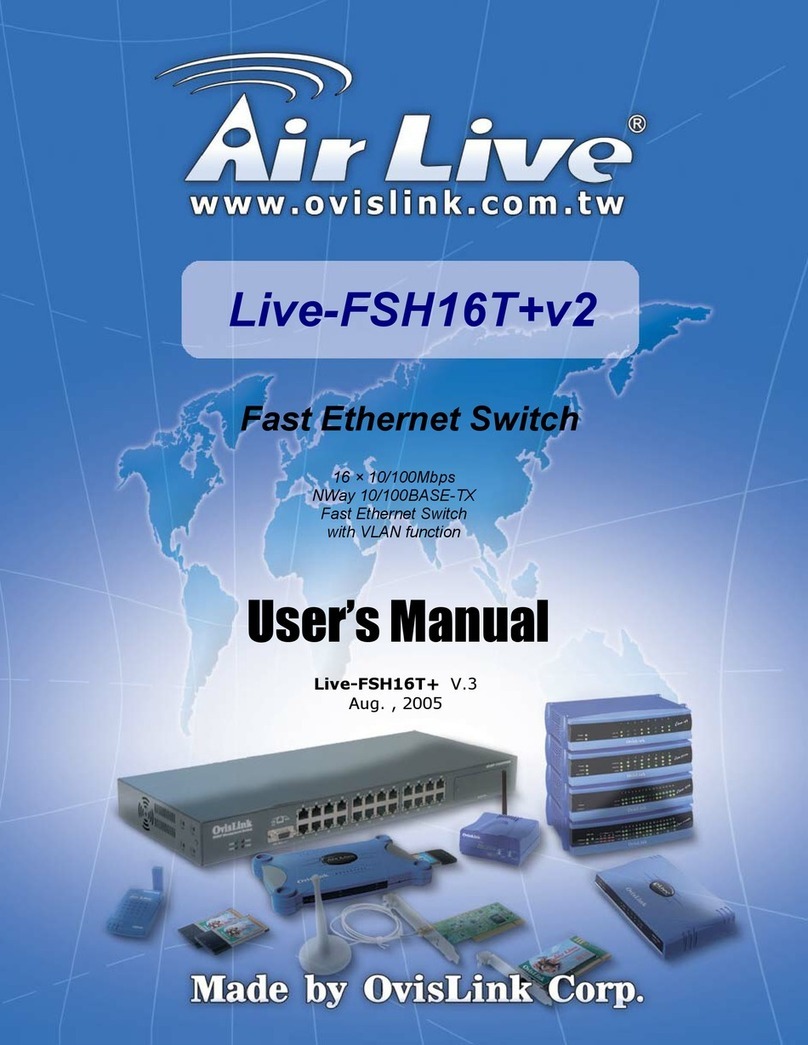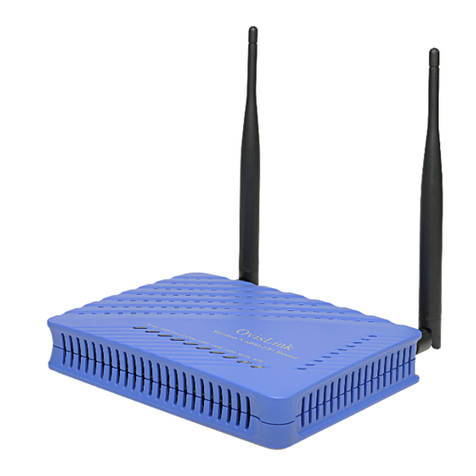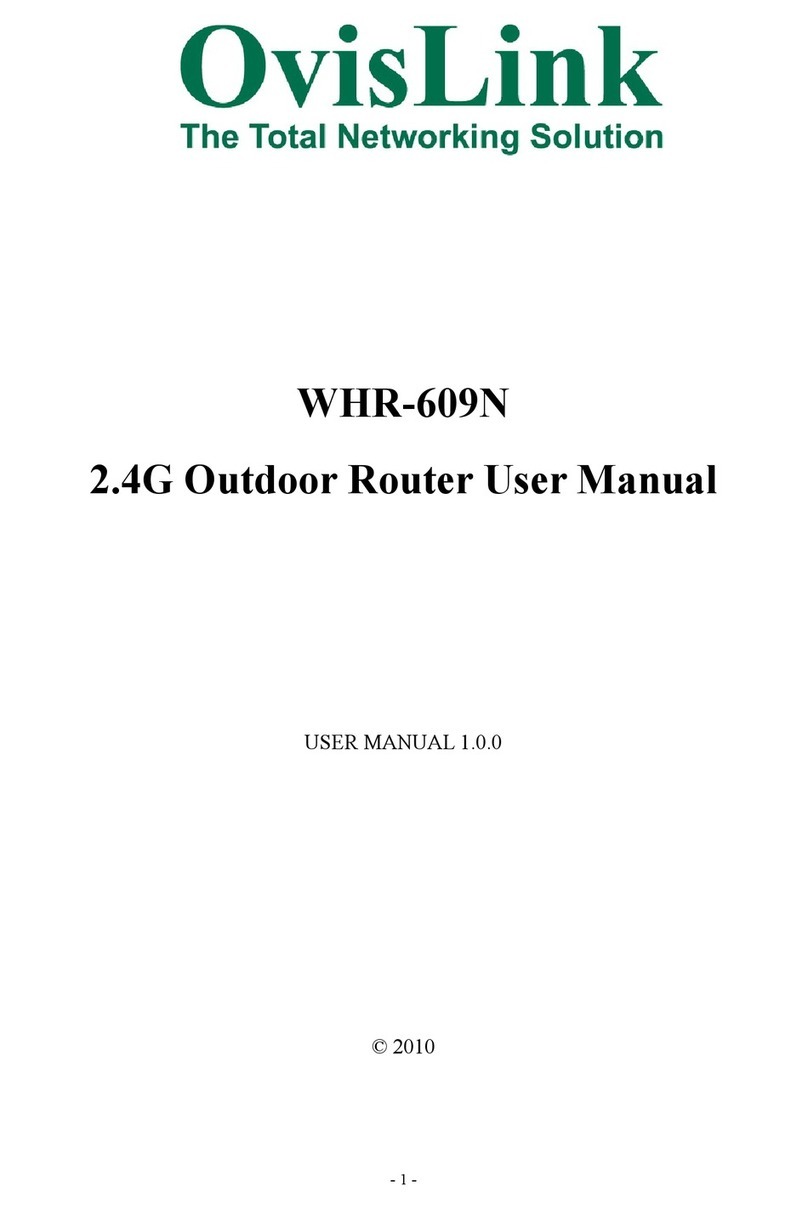
1 Product Overview
Active Flow Control
Live-FSH16T+ Fast Ethernet Switch implements in full duplex mode a flow control that is
compliant with the IEEE 802.3x standard. While in half duplex mode, it employs an optional Back
Pressure Flow Control to stall the incoming data when port buffers are saturated. With this flow
control mechanism, it can be ensured that frames dropped during transmission are reduced to a
minimum.
Full Wire Speed
Live-FSH16T+’s Full Wire Speed feature provides high-end performance for departmental and
workgroup environments at a fraction of the cost of similar devices. Typically, this feature was
found only in high-end switches designed to handle huge corporate networks. With bandwidth needs
and network efficiency concerns, Live-FSH16T+’s switching fabric design is the perfect answer for
bandwidth enhancement solution.
System/Port Status Information at a Glance
There are 2 sets of LEDs on the front panel: System LEDs and Station Port LEDs.
The System LEDs consist of the Power, VLAN1, and VLAN2 LEDs. Power LED shows Power
On/Off status of the switch. The VLAN1(15-VLANs) and VLAN2(14-VLANs) show the VLAN
configuration status
The Station Port LEDs reveal the link status, half/full duplex transmission, 10/100Mbps speed
mode and the collision status of each station port.
For detailed LED information, refer to Chapter 5, LED Indicators.
What is VLAN?
Defining VLAN
What is VLAN? Since VLAN solutions and implementations are still very vendor-specific, to define
precisely what VLANs will certainly arouse controversy. Nevertheless, most would agree that a
VLAN can roughly be equated as a broadcast domain. More specifically, VLANs can be seen as a
group of end stations, perhaps on multiple physical LAN segments, which are not constrained by
their physical location and can communicate as if they were on a common LAN.
There are several ways to define VLAN membership: port grouping, frame tagging, MAC-layer
grouping, network-layer grouping, IP multicast grouping, etc. Live-FSH16T+ utilizes
port-grouping (port-based VLAN) for the implementation of VLAN in your network.
Port-based VLAN
Live-FSH16T+ simplified the VLAN setup by implementing the most common used VLAN
configuration with a selection switch. The two VLAN modes of Live-FSH16T+ allows users to put
each port in separate VLAN groups while able to share common resources. Users can choose either
14-VLANs or 15-VLANs group. In 14-VLANs mode, each port is in its own VLAN group with
Port 1 and Port 2 as sharing ports. In 15-VLANs mode, each port is in its own VLAN group with
Port 2. The sharing ports are ports that are shared by all VLAN groups for common resources such
2
Live-FSH16T+ Fast Ethernet Switch User’s Manual V2.1

